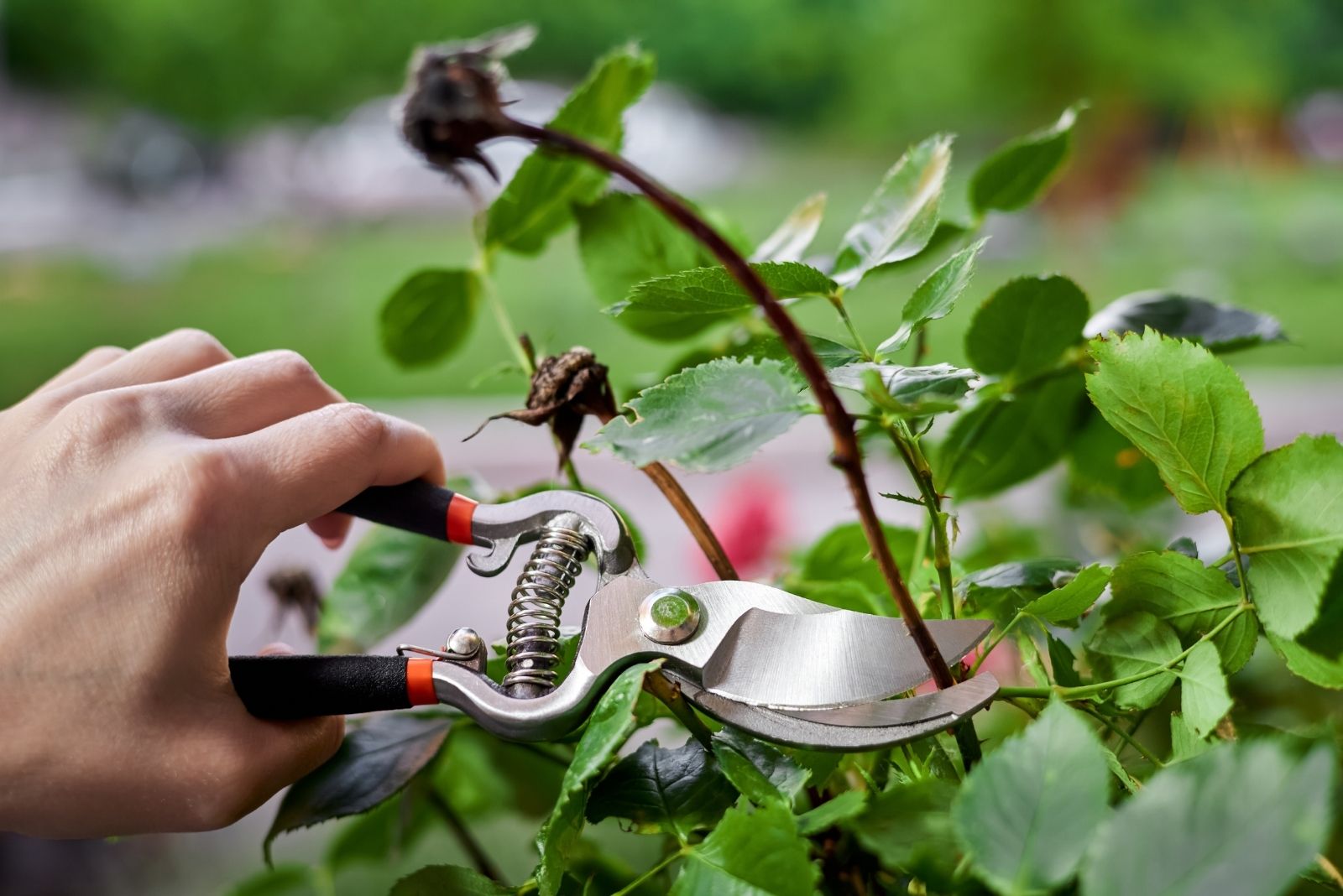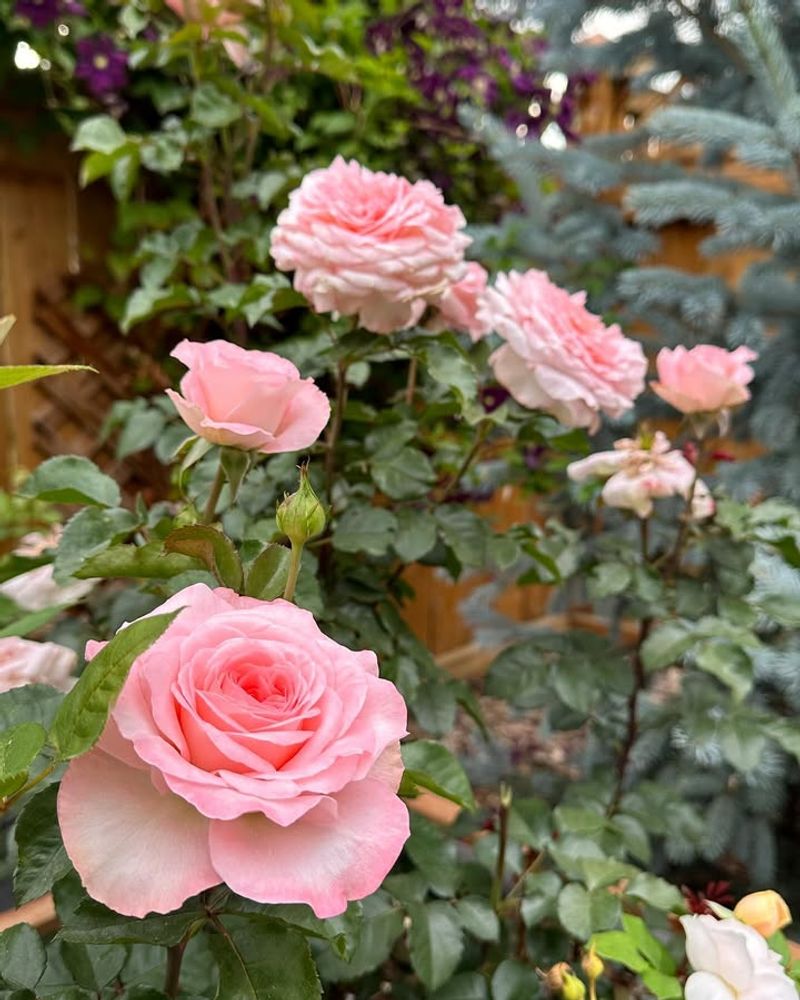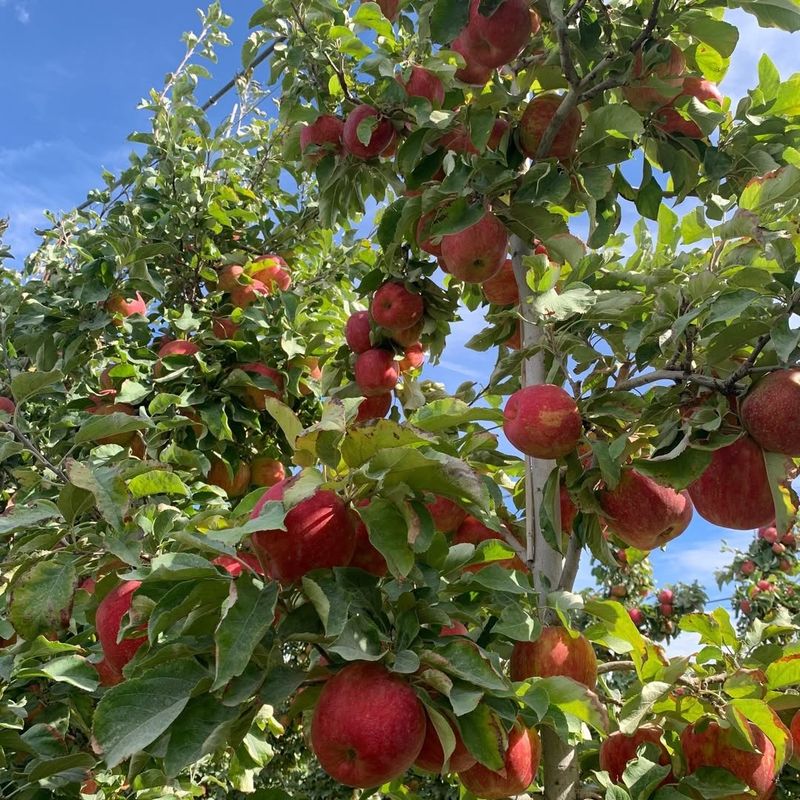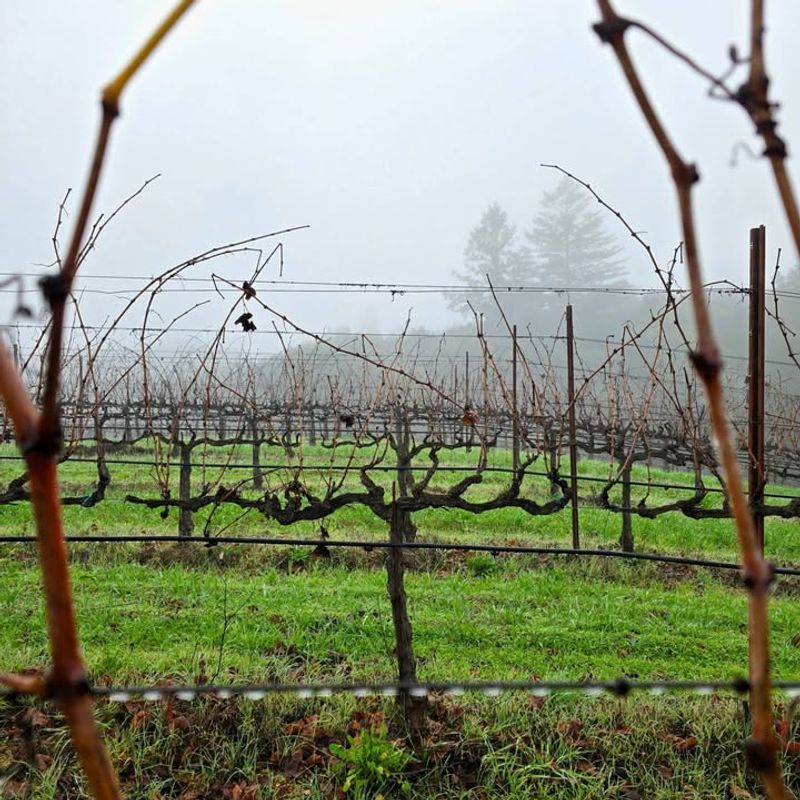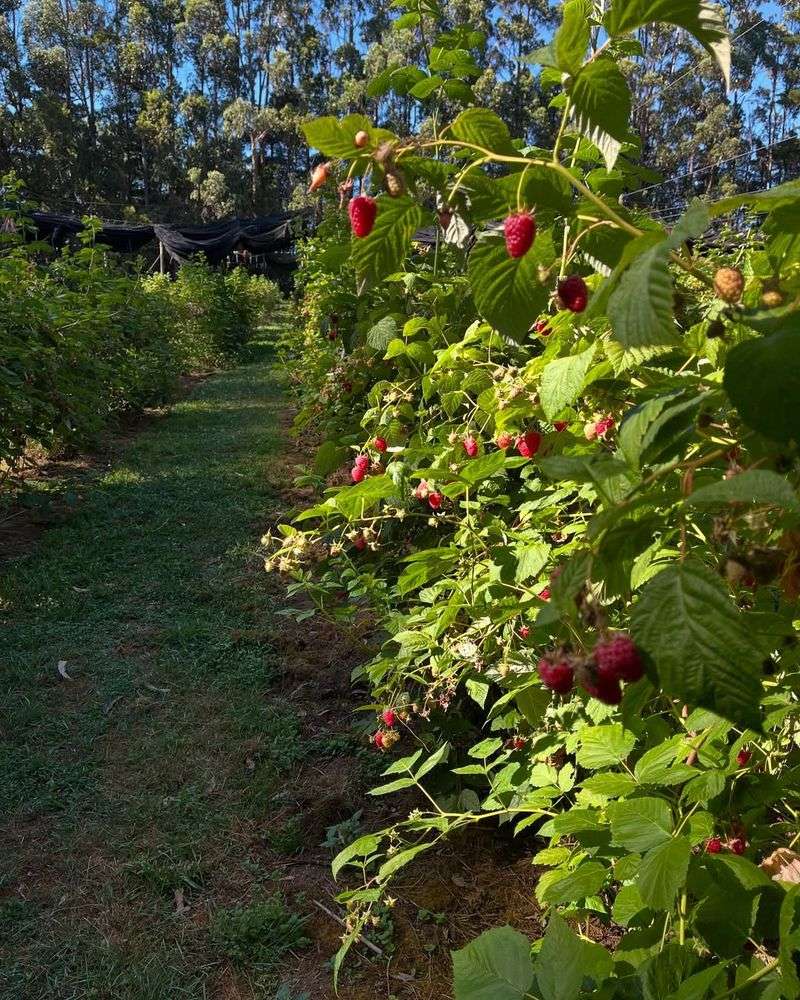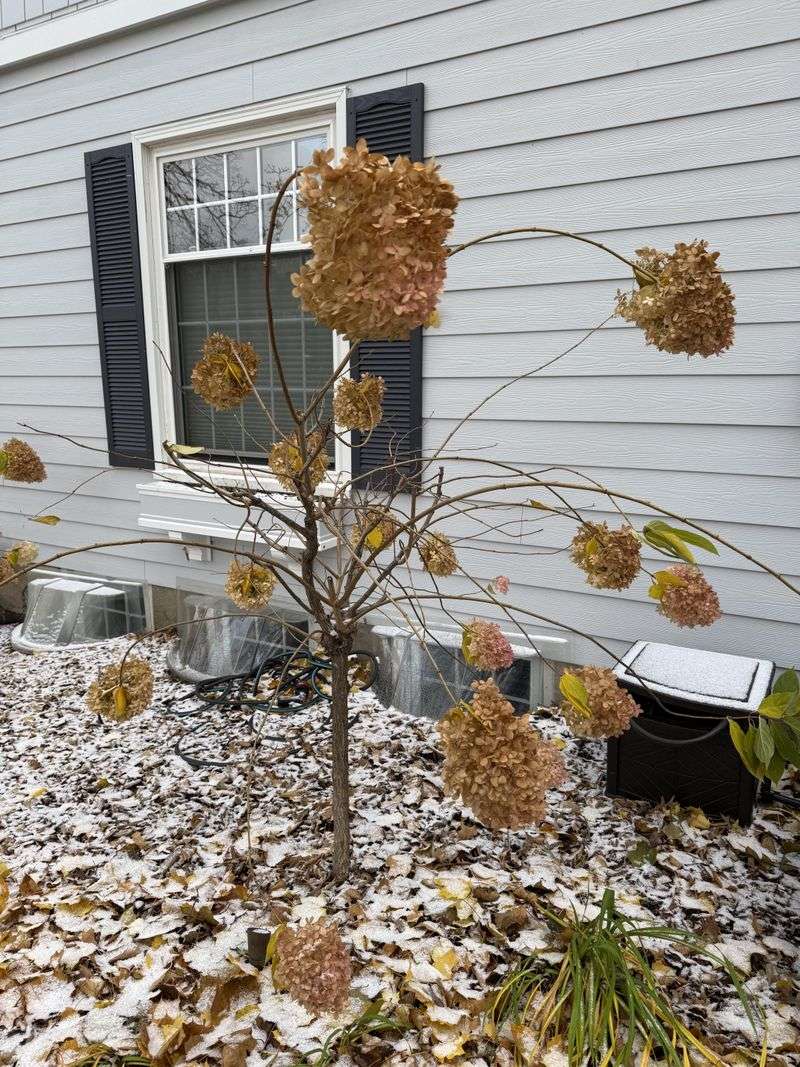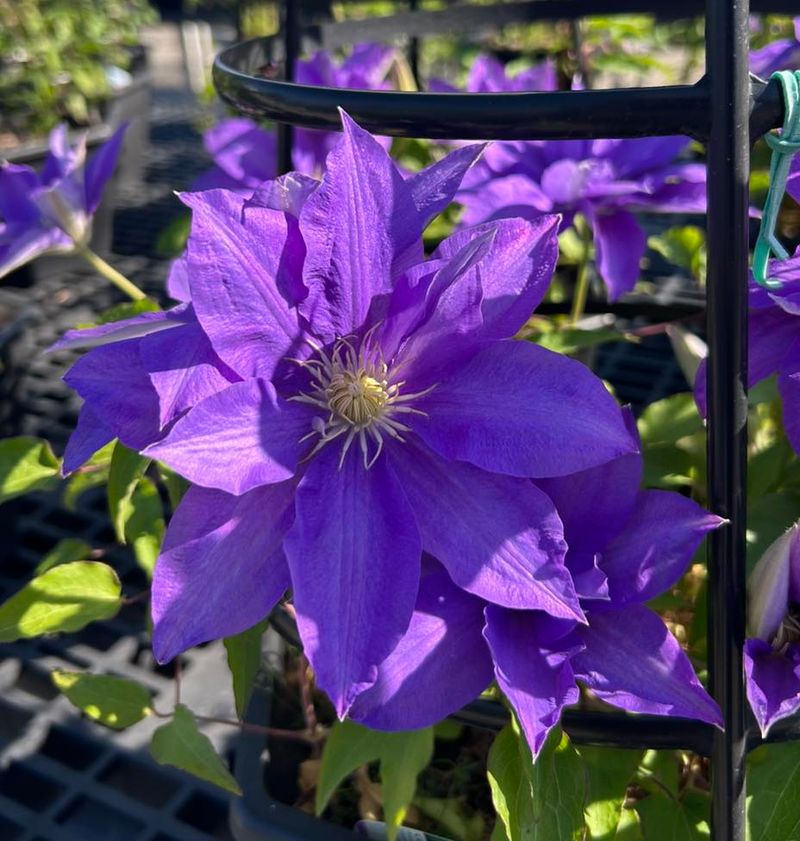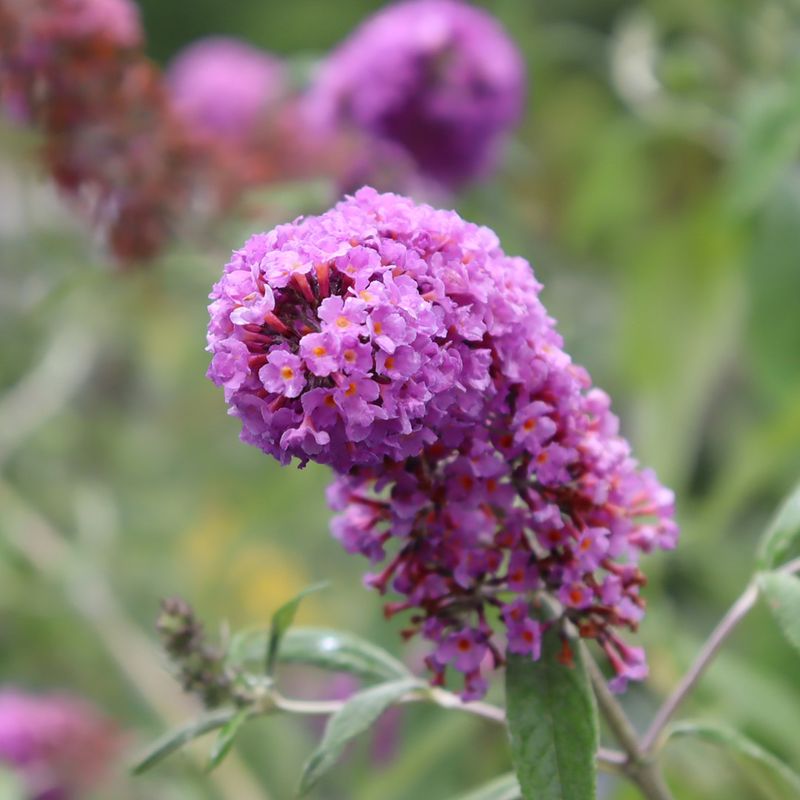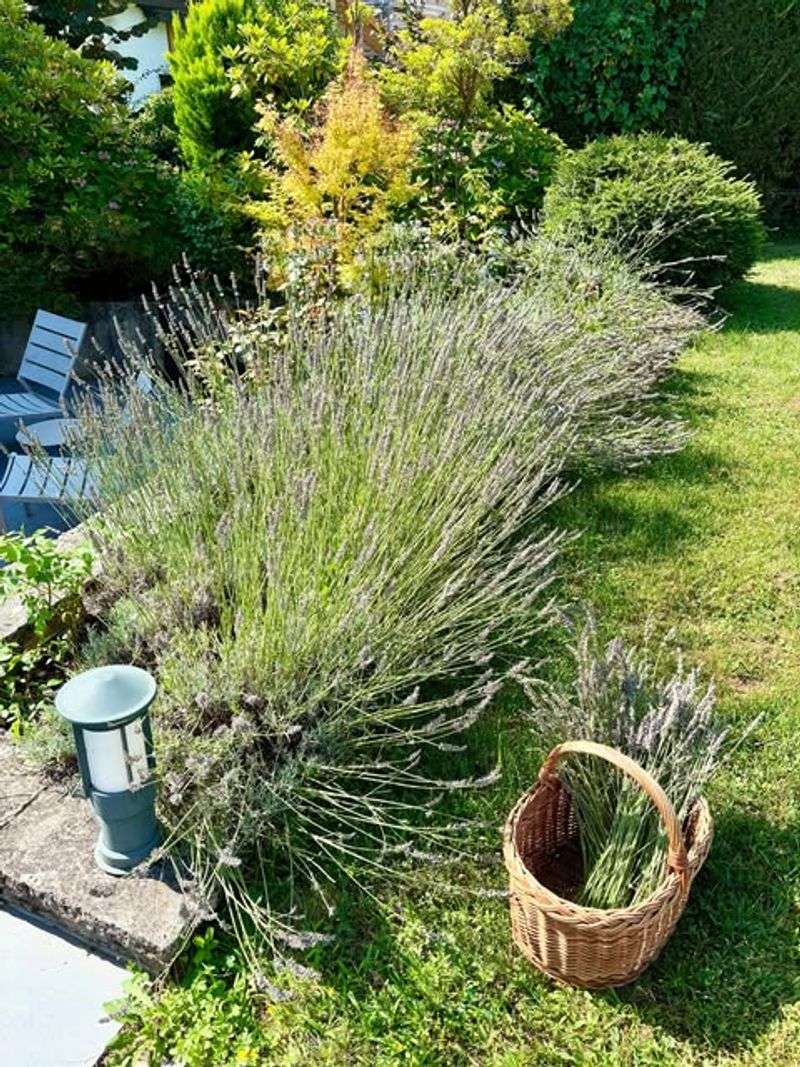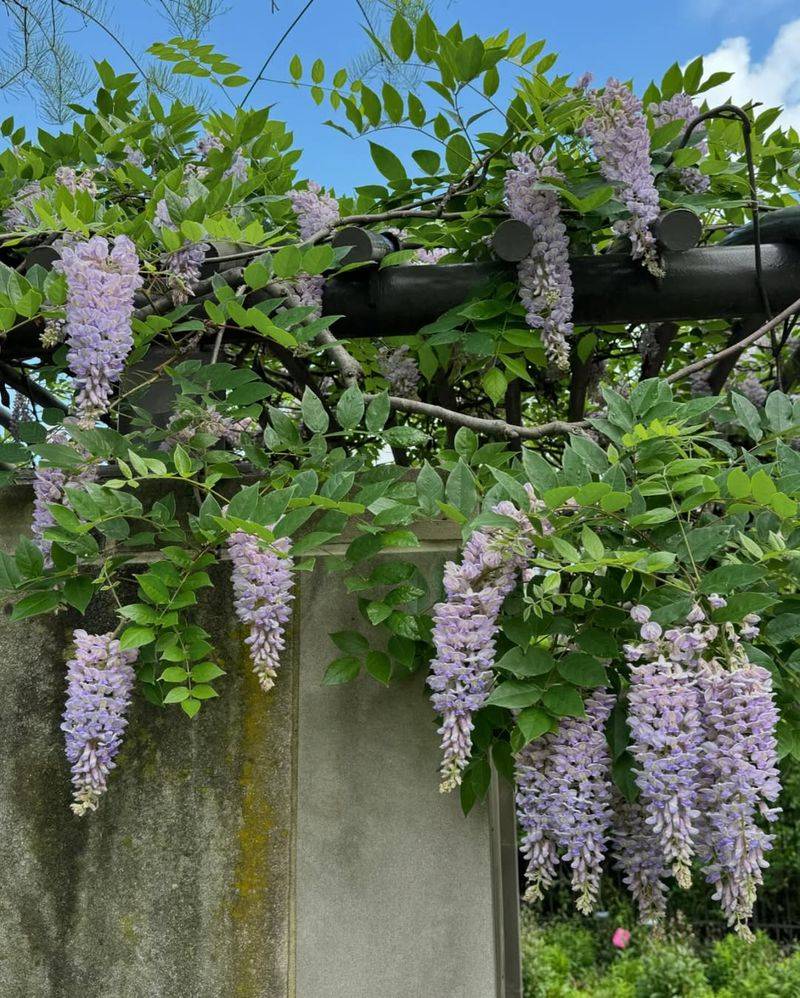November marks a crucial time for Washington gardeners to prepare their plants for the cold months ahead. Pruning certain plants now helps prevent disease, encourages stronger growth, and sets the stage for beautiful blooms come spring.
With the right cuts at the right time, your garden will bounce back healthier and more productive when warmer weather returns.
1. Rose Bushes
Cutting back rose bushes before winter protects them from damage caused by heavy snow and ice. Washington winters can be unpredictable, so removing dead or diseased canes now prevents problems later.
Focus on shaping the plant and eliminating any crossing branches that rub together. Leave about three to five strong canes, trimming them to around 18 inches tall.
Clean cuts made at a 45-degree angle help water drain away from the wound, reducing the risk of rot and fungal infections.
2. Apple And Pear Trees
Fruit trees benefit greatly from late fall pruning once they’ve dropped their leaves and entered dormancy. Removing weak, damaged, or overcrowded branches improves air circulation and sunlight penetration throughout the canopy.
This practice is especially important in Washington, where damp conditions can encourage fungal diseases. Thinning out the center of the tree creates an open structure that dries quickly after rain.
Always sterilize your tools between cuts to avoid spreading infections from tree to tree.
3. Grape Vines
Grapevines require aggressive pruning to produce quality fruit the following season. Once the leaves have fallen and the vines are dormant, you can safely remove up to 90 percent of the previous year’s growth.
Leave only a few buds on each cane to concentrate the plant’s energy. Washington’s wine country knows this well—proper pruning is the secret to sweet, abundant grapes.
Don’t be afraid to cut boldly; grapevines are tough and will reward your efforts with better harvests.
4. Raspberry And Blackberry Canes
Berry canes that produced fruit this past summer should be cut all the way down to the ground in November. These old canes won’t fruit again and can harbor pests and diseases over winter.
Removing them makes room for next year’s new growth. In Washington, where berry patches can get dense and tangled, this cleanup is essential for maintaining healthy plants.
Keep the new green canes that sprouted this year—they’ll bear fruit next summer after a good winter’s rest.
5. Hydrangeas
Most hydrangea varieties benefit from light pruning in late fall, though the approach depends on the type you’re growing. Removing spent flower heads and any dead or damaged stems tidies up the plant and prevents breakage under snow.
Washington gardeners should avoid heavy pruning now, as many hydrangeas set their buds in late summer for next year’s blooms.
A gentle cleanup is all that’s needed. Save major shaping for early spring when you can see which buds survived the winter cold.
6. Clematis Vines
Clematis vines fall into different pruning groups, but many benefit from a November trim to remove dead growth and prevent tangling. Group 3 clematis, which bloom on new wood, can be cut back hard now without losing flowers.
Washington’s mild winters make this an ideal time to tidy up these climbers. Remove any diseased or weak stems, and shorten the remaining growth to about two feet from the ground.
Label your varieties so you remember which pruning group they belong to each year.
7. Butterfly Bush
Butterfly bushes bloom on new wood, making November the perfect time to cut them back significantly. Trimming the plant down to about 12 inches from the ground encourages strong, healthy shoots in spring.
This aggressive pruning also keeps the plant compact and manageable. Washington gardeners appreciate how this practice prevents the bush from becoming leggy and overgrown.
Come summer, your butterfly bush will be covered in fragrant blooms that attract pollinators from all around the neighborhood, making the effort worthwhile.
8. Lavender
A light trim in November helps lavender maintain its shape and prevents it from becoming too woody over time. Remove spent flower stalks and trim back about one-third of the green growth, being careful not to cut into old wood.
Washington’s cooler climate means lavender needs good drainage and air circulation to survive winter. Pruning opens up the center of the plant, allowing moisture to evaporate quickly.
This simple step keeps your lavender healthy and ready to produce fragrant blooms again next summer.
9. Blueberry Bushes
Blueberry bushes produce better fruit when older, unproductive canes are removed each year. November is an excellent time for this task, as the plants are dormant and you can clearly see the structure.
Cut out any canes older than six years, as well as weak or diseased growth. Washington is famous for its blueberries, and proper pruning is key to maintaining high yields.
Thinning the bush allows sunlight to reach all parts of the plant, promoting even ripening and sweeter berries next season.
10. Forsythia Shrubs
Forsythia blooms on old wood, so November pruning should focus on removing dead, damaged, or overcrowded branches rather than heavy shaping.
Thinning out the oldest canes at ground level encourages fresh growth that will flower beautifully in early spring. Washington gardeners love forsythia for its cheerful yellow blooms that signal winter’s end.
Keeping the shrub healthy with annual pruning ensures a spectacular display year after year. Avoid cutting off too many branch tips, as that’s where next spring’s flowers are waiting to emerge.
11. Wisteria Vines
Wisteria requires two pruning sessions each year, and November is the time for the second trim. Cut back the long, whippy shoots to about three to five buds from the main framework of the vine.
This encourages the plant to put energy into developing flower buds instead of excessive foliage. Washington gardeners know that disciplined pruning is the secret to getting wisteria to bloom reliably.
Without regular trimming, wisteria can become a tangled mess that produces more leaves than the stunning cascades of flowers everyone loves.

